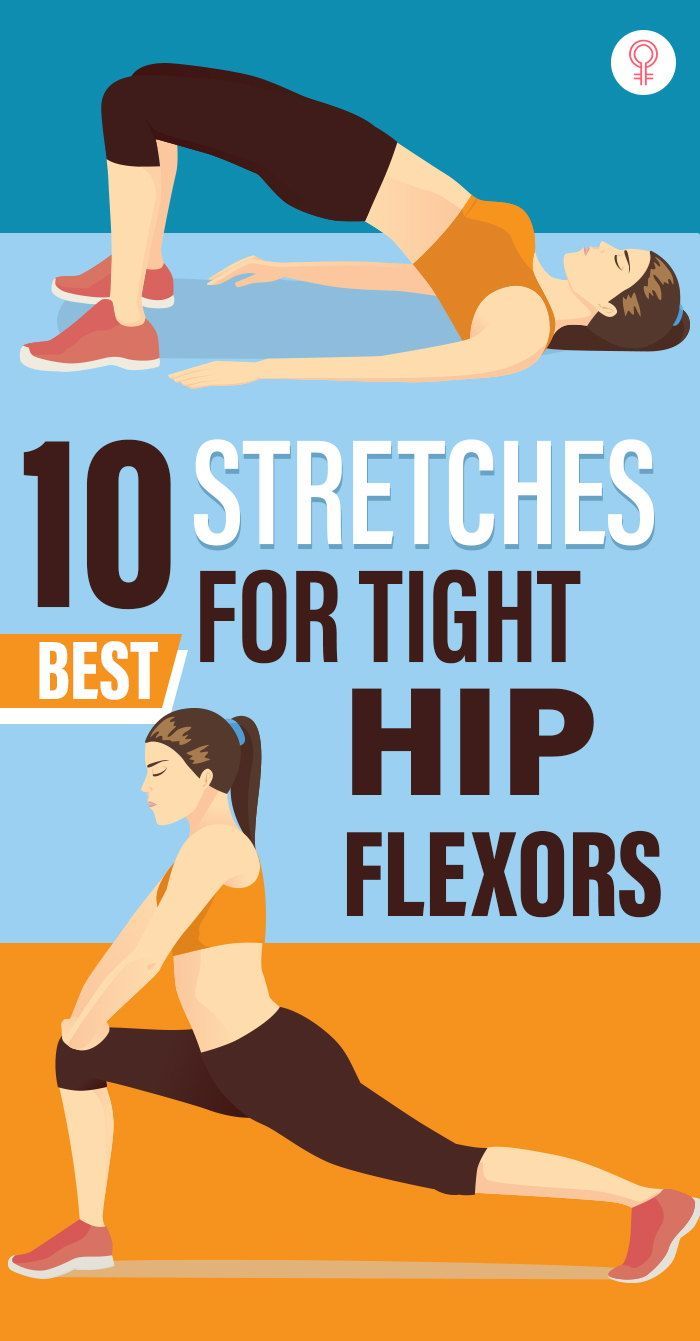10 Hip Stretches For Flexibility

Maintaining flexibility in the hips is crucial for overall mobility, balance, and preventing injuries. The hips are a complex joint that connects the legs to the pelvis, and flexibility in this area can greatly impact our daily activities, from walking and running to bending and lifting. Incorporating hip stretches into your daily routine can significantly improve your range of motion, reduce stiffness, and enhance your athletic performance. Here are 10 hip stretches that you can easily incorporate into your daily routine to improve your flexibility.
1. Kneeling Hip Flexor Stretch
- Starting Position: Begin by kneeling on all fours. Bring one knee forward and place your foot flat on the ground in front of the other knee.
- Stretch: Lean forward, keeping your back straight, until you feel a stretch in the front of your hip. Hold for 30 seconds and then switch sides.
- Tip: Make sure to keep your front knee at or below a 90-degree angle to avoid putting unnecessary strain on your knee joint.
2. Lying Piriformis Stretch
- Starting Position: Lie on your back with your affected leg crossed over your other leg at the ankle.
- Stretch: Place your hand on the knee of the crossed leg and pull it toward your opposite shoulder. You should feel a stretch in the back of your leg. Hold for 30 seconds and then switch sides.
- Tip: Start slowly and gently, as the piriformis muscle can be sensitive.
3. Butterfly Stretch
- Starting Position: Sit on the floor with the soles of your feet together.
- Stretch: Let your knees fall apart, stretching your hips and groin area. Hold onto your ankles and gently press your knees down toward the ground until you feel a stretch. Hold for 30 seconds.
- Tip: Don’t bounce, as this can cause injury. Instead, focus on slow, deep breaths and let gravity do the work.
4. Standing Iliotibial (IT) Band Stretch
- Starting Position: Stand with your affected leg crossed over your other leg.
- Stretch: Bend your knee and lean toward the leg that’s behind. You should feel a stretch on the outside of your leg. Hold for 30 seconds and then switch sides.
- Tip: Keep your back straight and your core engaged to maintain balance.
5. Pigeon Pose
- Starting Position: Start on your hands and knees. Bring one knee forward and place your foot on the ground in front of the other knee.
- Stretch: Lower your hips down toward the ground, stretching the back leg. Hold for 30 seconds and then switch sides.
- Tip: Modify if necessary by using a block or towel under your front hip for support.
6. Lunging Hip Flexor Stretch
- Starting Position: Take a large step forward with one foot and lower your body down into a lunge, keeping your back knee almost touching the ground.
- Stretch: Lean forward, keeping your back straight, until you feel a stretch in the front of your hip. Hold for 30 seconds and then switch sides.
- Tip: Keep your front thigh parallel to the ground and your back leg straight to maximize the stretch.
7. Seated Forward Fold
- Starting Position: Sit on the floor with your legs extended in front of you.
- Stretch: Reach forward and try to touch your toes, keeping your knees slightly bent if necessary. You should feel a stretch in your hips and back. Hold for 30 seconds.
- Tip: Don’t force your stretch beyond what feels comfortable, as this can cause injury.
8. Glute Bridge
- Starting Position: Lie on your back with your knees bent and feet flat on the ground.
- Stretch: Slowly lift your hips up toward the ceiling, squeezing your glutes at the top, then lower back down. Repeat for 30 seconds.
- Tip: Focus on using your glutes to lift your hips rather than straining your lower back.
9. Side Lying Leg Lifts
- Starting Position: Lie on your side with your legs straight and feet touching.
- Stretch: Lift your top leg away from your bottom leg, keeping it straight. Hold for a moment, then lower it back down. Repeat on the other side.
- Tip: Use a slow and controlled movement to avoid putting unnecessary strain on your hip joint.
10. Supine Piriformis Stretch with a Towel
- Starting Position: Lie on your back and loop a towel under the ball of one foot, holding the ends of the towel in each hand.
- Stretch: Pull your knee toward your chest until you feel a stretch in the back of your leg. Hold for 30 seconds and then switch sides.
- Tip: Keep your knee bent at a 90-degree angle and focus on the gentle pull of the towel to stretch your piriformis muscle effectively.
Conclusion
Incorporating these hip stretches into your daily routine can lead to significant improvements in flexibility and mobility. Remember to start slowly, especially if you’re new to stretching, and gradually increase the depth and duration of your stretches. It’s also crucial to listen to your body; if you experience any pain, stop immediately. Consistency is key, so try to make stretching a habitual part of your day, whether it’s first thing in the morning, after a workout, or before bed. With patience and practice, you can enhance your hip flexibility and overall well-being.
How often should I stretch my hips for optimal flexibility?
+For optimal flexibility, it's recommended to stretch your hips at least 2-3 times a week, with each session lasting around 10-15 minutes. However, incorporating stretching into your daily routine, even if it's just for a few minutes, can be highly beneficial.
Can hip stretches help with lower back pain?
+Yes, hip stretches can be very beneficial for reducing lower back pain. Tight hip muscles can lead to poor posture and strain on the lower back, so loosening and strengthening these muscles through stretching can help alleviate pain and improve mobility.
What's the best time to stretch for maximum effectiveness?
+The best time to stretch can depend on your personal schedule and preferences, but many find that stretching after a workout, when your muscles are warm, or before bed, to help relax, can be particularly effective.
Can I stretch if I have a hip injury?
+It's generally advisable to consult with a healthcare professional or physical therapist before starting any new exercise or stretching routine, especially if you have an existing injury. They can provide personalized advice and modifications to ensure you're stretching safely and effectively without exacerbating the injury.
How long does it take to see improvements in hip flexibility?
+Improvements in hip flexibility can be noticed within a few weeks of consistent stretching, but significant and lasting changes may take several months to develop. The key is consistency and patience, as flexibility is a gradual process.
With the right approach and commitment, you can significantly enhance your hip flexibility and enjoy the numerous benefits it brings to your overall health and mobility. Remember, every small step counts, and starting with manageable goals can lead to lifelong habits that promote well-being and flexibility.
